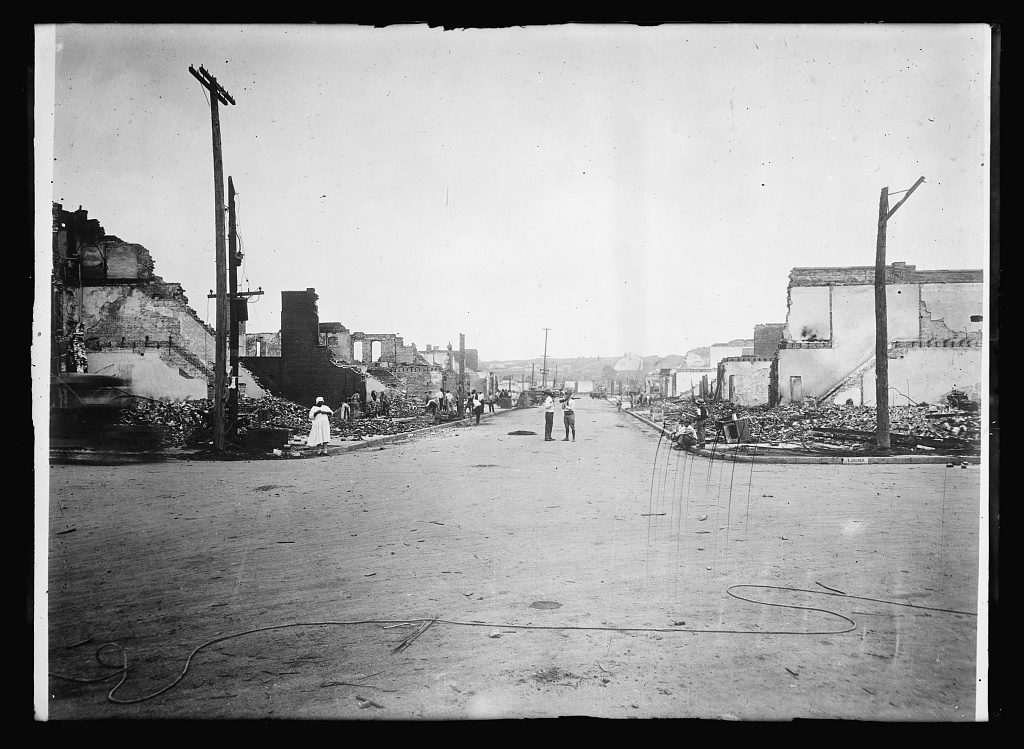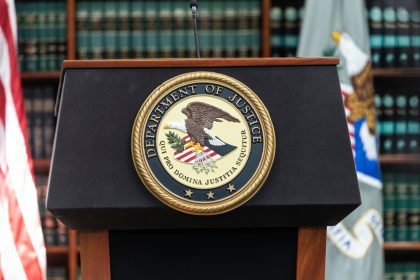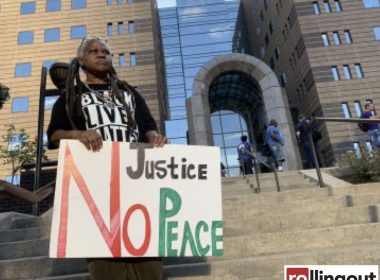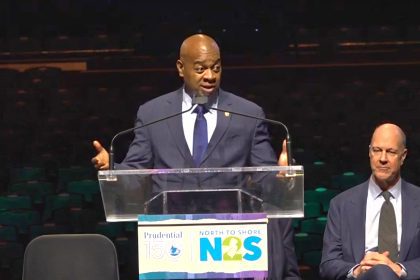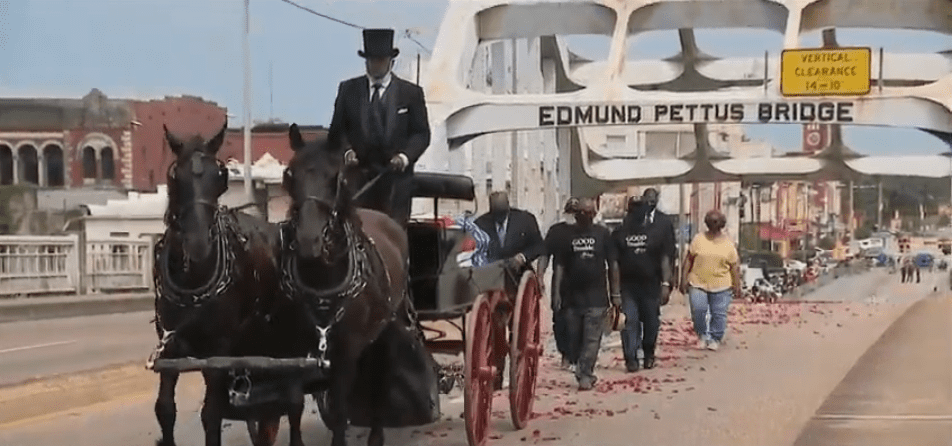The Department of Justice’s recent four-month investigation into the 1921 Tulsa Race Massacre has uncovered disturbing evidence that challenges long-held narratives about one of America’s most horrific acts of racial violence. The investigation reveals a calculated campaign of destruction that decimated the prosperous Greenwood District — known as Black Wall Street — and forever changed the trajectory of generational wealth for countless families.
A calculated campaign of destruction
The violence that erupted in Tulsa’s Greenwood District was far from spontaneous, reported ABC News and Black Enterprise. The DOJ investigation dismantles the long-perpetuated myth that the massacre resulted from an unplanned outbreak of racial tension following allegations against Dick Rowland, a young Black man accused of assaulting a white woman in an elevator.
Instead, evidence points to a methodically orchestrated attack. White residents — working in concert with law enforcement — systematically destroyed 35 blocks of Black-owned businesses, homes and community institutions that had taken years of determined effort to build. The destruction of property deeds and insurance documents ensured that many families would never recover their losses or rebuild their wealth.
Unveiling systemic complicity
The original investigation — conducted by a single agent from the Bureau of Investigation, now the FBI — failed to capture the true scope and nature of the violence. The new findings reveal that law enforcement actively participated in the massacre by disarming Black residents while allowing white mobs to loot, burn and murder with impunity.
The DOJ’s Civil Rights Division conducted an exhaustive review that included:
- Analysis of previously undisclosed primary source materials
- Examination of legal documents and scholarly research
- Review of testimonies from survivors and their descendants
- Assessment of historical records and contemporaneous accounts
The legacy of loss
The massacre’s impact extends far beyond the immediate destruction. Families who had built successful enterprises through generations of hard work saw their achievements reduced to ashes in mere hours. The destruction of Greenwood represented not just the loss of buildings and businesses, but the erasure of a thriving ecosystem of Black excellence and economic independence.
While the DOJ acknowledges that the passage of time prevents legal action against the perpetrators, the investigation serves a crucial purpose. It provides official recognition of the calculated nature of the destruction and the systemic failures that allowed it to occur.
The investigation’s key findings include:
- The violence was premeditated and coordinated between white residents and law enforcement
- Original reports deliberately minimized the role of racial bias in motivating the attacks
- Law enforcement actively assisted in the destruction by disarming Black residents and supporting mob actions
- The initial investigation was inadequate and failed to document the true scope of the violence
Preserving truth for future generations
This investigation arrives at a crucial moment in our national conversation about historical accountability. While no legal proceedings can adequately address the magnitude of loss suffered by the Greenwood community, the DOJ’s findings provide crucial documentation of this deliberate attempt to destroy Black prosperity.
The report serves as both a memorial to those who lost their lives and livelihoods and a reminder of the ongoing importance of protecting and nurturing Black economic advancement. It challenges us to examine how the echoes of such systematic destruction continue to reverberate through our society and economy today.
As we process these revelations, the focus must remain on how this deeper understanding of historical injustice can inform present-day efforts to build and protect Black wealth and economic independence. The truth about Tulsa reminds us that prosperity is not just about individual achievement — it requires vigilant protection of our right to build and maintain generational wealth without fear of destruction.

